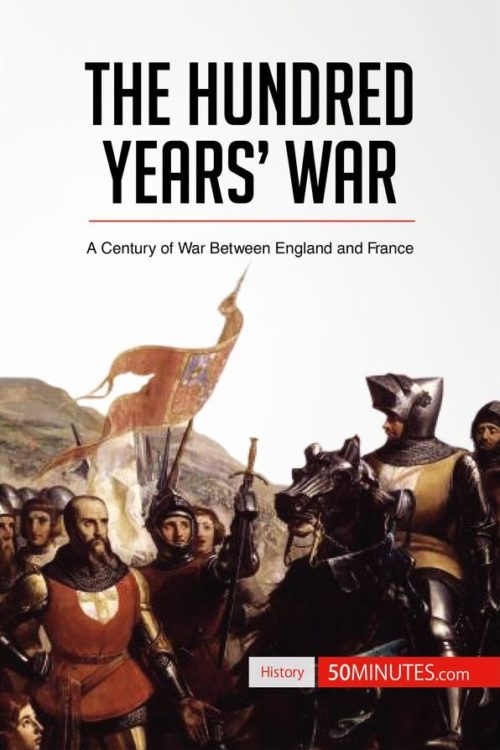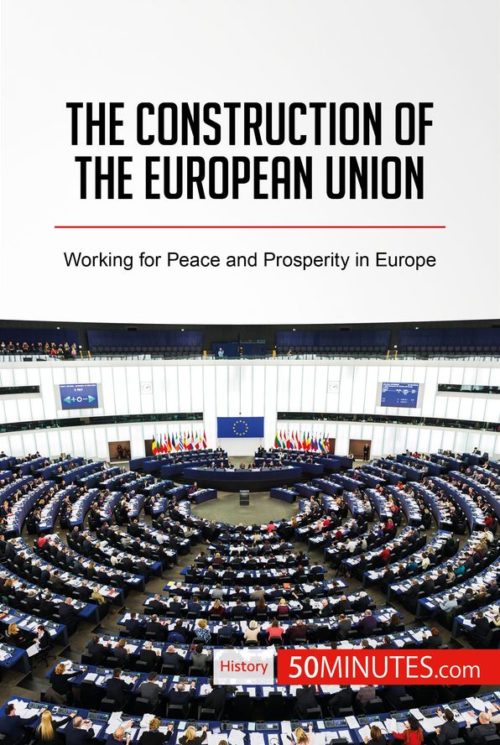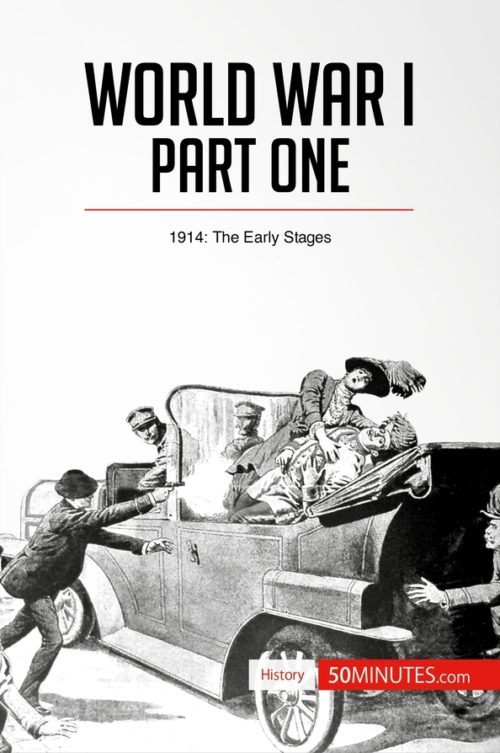The Battle of Austerlitz
The Battle of Austerlitz
$4.99
Read more
The Battle of Austerlitz, also known as the Battle of the Three Emperors, was a crucial episode of the Napoleonic Wars and is widely seen as one of Napoleon Bonaparte‘s greatest successes. On 2 December 1805, Napoleon’s Grande Armée showed its tactical and technological superiority over its enemies, inflicting a crushing defeat on the forces of the Russian Empire and the Holy Roman Empire. However, the battle failed to secure peace in Europe, and renewed hostilities broke out the following year. In just 50 minutes, you will understand how Napoleon’s forces were able to triumph and learn about the important role of the Battle of Austerlitz in military history.
This straightforward and informative book provides a thorough discussion of the strategies of both sides and an analysis of the key moments in the battle, including the capture of the Pratzen Heights. It also features biographies of the main commanders and leaders, including Napoleon, Alexander I and Francis II, a valuable introduction to the political and social context, and an evaluation of the battle’s impact, giving you everything you need to know about this decisive combat.
About the Battle of Austerlitz
The Battle of Austerlitz pitted Napoleon Bonaparte’s Grande Armée against troops led by the Russian tsar Alexander I and the Holy Roman Emperor Francis I. Napoleon initially pretended that his troops were weakened and ready to retreat, before surprising his adversaries with the power and skill of his men. The French army’s decisive victory resulted in major territorial changes which precipitated the collapse of the Holy Roman Empire and allowed Napoleon to extend his influence across Europe.
This clear and accessible 56-page book is structured as follows:
- Introduction to the Battle of Austerlitz
- Political and social context
- A coalition Europe
- The Grande Armée
- The Austrian campaign
- Commanders and leaders
- Napoleon I, Emperor of the French
- Alexander I, Tsar of Russia
- Mikhail Kutuzov, Marshal of Russia
- Francis II, Emperor of the Holy Roman Empire
- Analysis of the Battle of Austerlitz
- The forces present
- Fooling the enemy
- The attacks on Telnitz and Sokolnitz
- Taking the Pratzen Heights
- The outcome
- Impact of the Battle of Austerlitz
- A heavy toll
- A strategy of posterity
- A decisive treaty
- Precarious peace
- Summary
Product details
| ISBN | 9782806275233 |
|---|---|
| Publisher | Plurilingua Publishing |
| Series | 50MINUTES.COM – History |
| Format | |
| Pages | 56 |
| File size | 4.7 MB |






